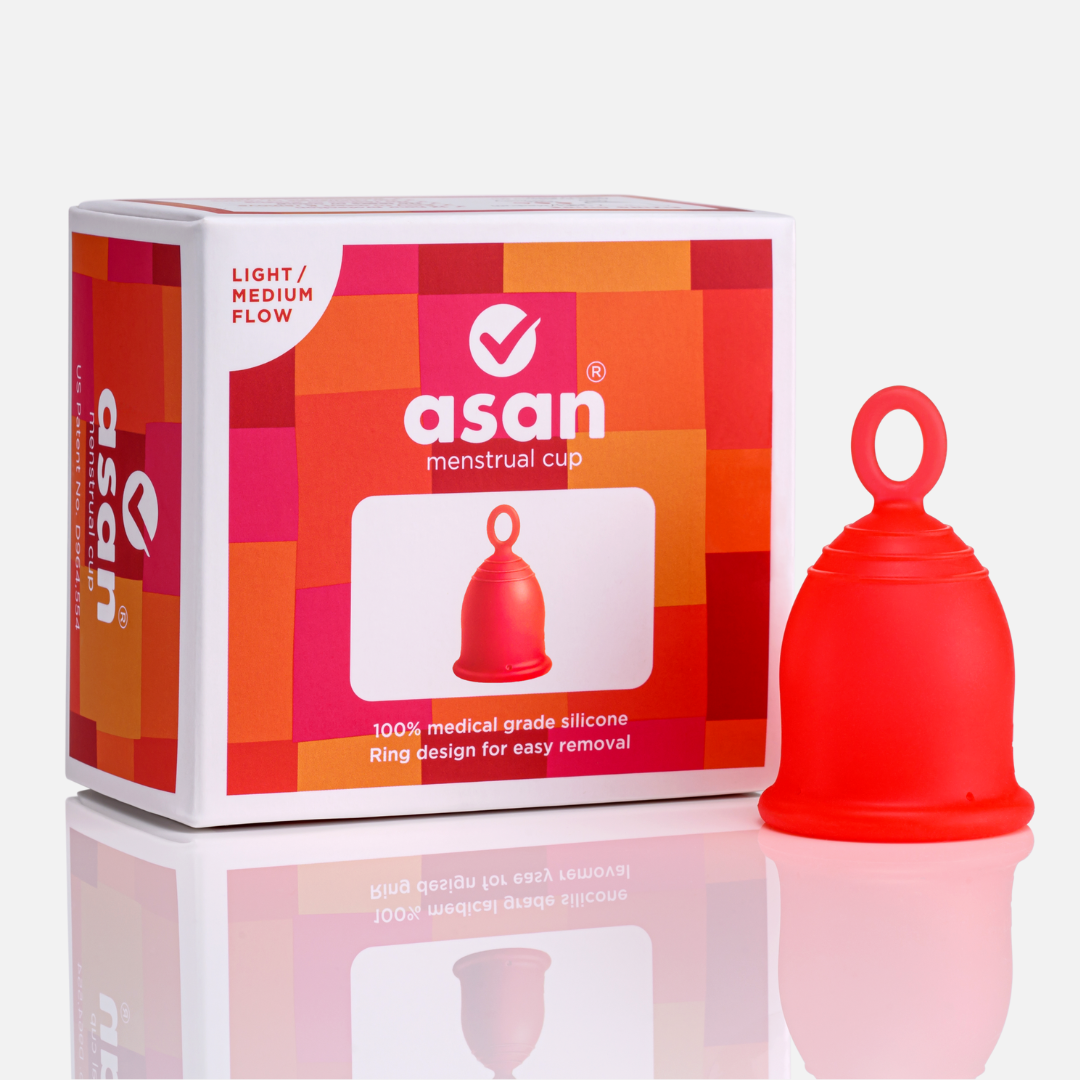
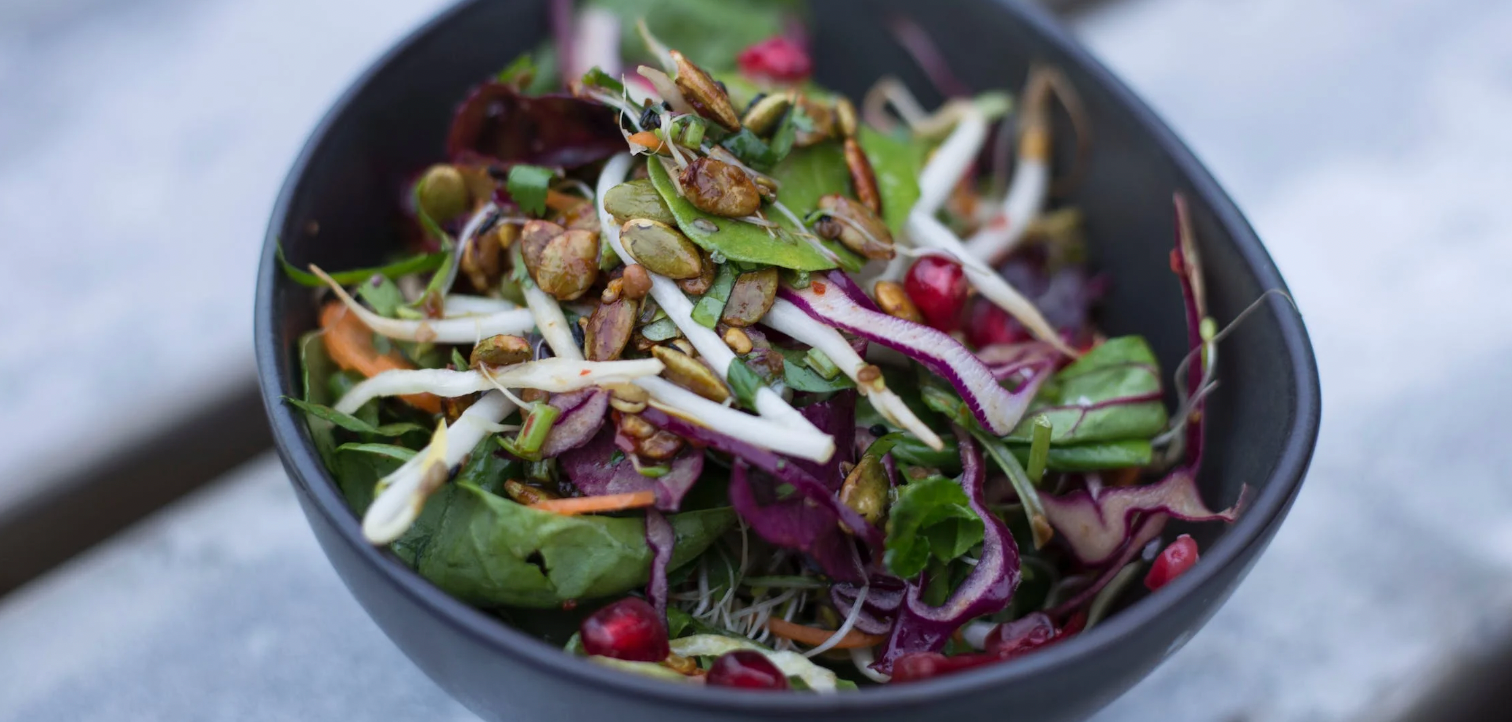
Have you noticed that you constantly feel tired and experience fatigue? If this is you, you’re not alone.
In fact, iron-deficiency anemia is one of the most common deficiencies globally - 27% of the world’s population experiences this. And one of the biggest symptoms of iron-deficiency anemia is feeling tired and experiencing low energy.
So what can you do about it? In this blog let's explore how our diet plays a role in causing iron deficiency, and what we can do to fix it by exploring a list of iron rich foods for iron deficiency anemia.
What is iron deficiency anemia?
Iron deficiency anemia is when your body isn’t able to keep up with its need for iron - and is a very common condition especially amongst women that experience heavy periods.
When our body is low on iron, we are not creating enough red blood cells - which are needed to make haemoglobin to carry oxygen around our bodies. As a result, we experience low energy and that constant feeling of being tired.
Read this blog to learn more about the relationship between iron-deficiency anemia and heavy periods.
How do I know if I have iron deficiency anemia?
Fatigue is one of the biggest symptoms of iron-deficiency anemia. So if you feel tired constantly but haven’t had any major lifestyle changes, then you might be experiencing this condition.
The best way to be sure is to get a blood test to find out your blood's haemoglobin levels.
If you have low iron, you can manage this by choosing iron-rich foods and iron supplements.
In most cases, an iron-rich diet plan for iron-deficiency will cure anemia.
How much iron should I have in a day?
Our body needs to have the correct amount of iron to feel healthy and function properly.
As there is significant blood loss for women in menstruating years, you should have an intake of around 15mg of iron a day. Once you have completed menopause, you can reduce your daily intake to around 9mg a day.
There are two types of iron that can be found in a human diet:
- Heme iron, which comes from animal protein
- Non-heme iron, which comes from plants
But how do we measure how much iron we are taking in from the food we eat everyday? We get it, it can be difficult to measure exactly how much iron you are consuming daily.
So in this blog let’s learn about the top 10 iron-rich foods for anemia and break down the iron levels in different foods to make it simple for you!
Leafy green vegetables


Leafy green vegetables are your best friend if you experience iron-deficiency anemia.
These include kale, spinach and broccoli.
A handful of spinach will give you 4 mg of iron - which, coupled with other iron-rich foods, is a good amount of iron intake through leafy greens.
Along with iron, leafy green vegetables are also packed with other great nutrients, minerals and fibres whilst being low in calories. So it is important to include these in your daily diet.
How can I consume leafy green vegetables?
There are many ways you can incorporate leafy greens into your daily diet. For instance, spinach and kale make a great base for a hearty salad, and steamed broccoli with a pinch of salt makes for a delicious snack!
Olives
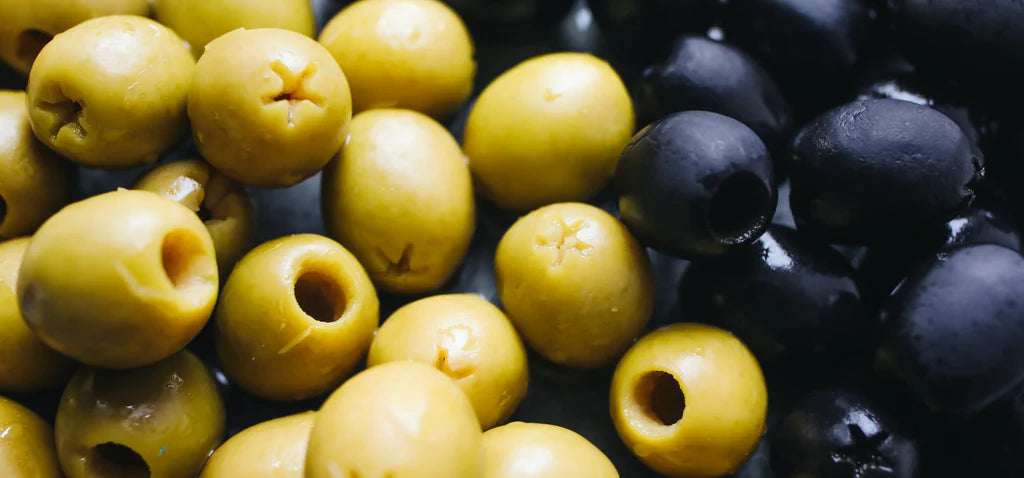

Olives, especially black olives, are also a great source of iron. 10-12 olives are a good amount to consume daily to maintain healthy levels or iron in your body.
Along with iron, olives are also very rich in Vitamin E, calcium and copper - which create enzymes that help keep our immunity high and prevent heart diseases.
How can I consume olives?
Olives can be consumed in many ways. If you’re an olive lover, you can just eat them straight out of a jar. Otherwise a great way to add olives into your diet is through adding them into salads or pasta’s, along with other nutritious ingredients.
Red meats
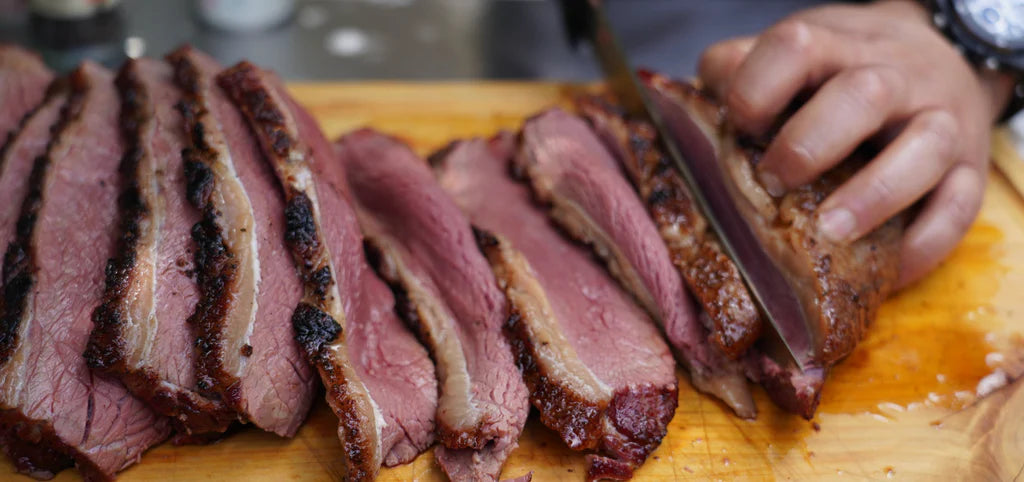
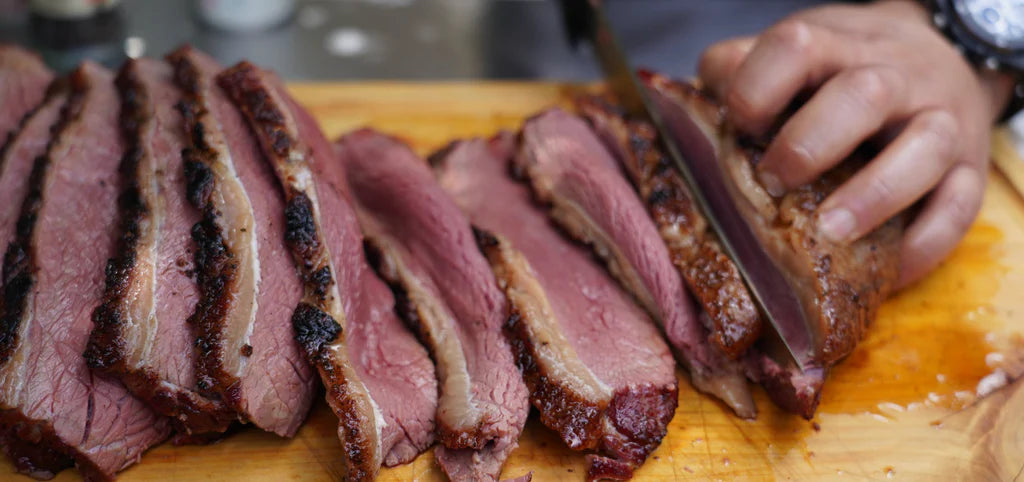
The best animal-based source of iron comes from red meats, which include lamb, veal, beef and pork.
It’s simple - the redder the meat looks, the higher iron content it has. Red organ meats such as liver and kidneys are especially rich in iron. In fact, the liver is famously known as nature’s multi-vitamin as it acts as a mammals detox organ.
While red meats are rich in iron content, they are also high in cholesterol which can be harmful for our bodies. So it’s best to consume them in moderate quantities - three to four servings a week is more than enough!
How can I consume red meat and organ meat?
The healthiest way to eat red meat is so slow cook or pressure cook it. It’s important not to overcook these meats as overcooking can make them lose their nutrient levels. Soups are also a great way to consume the nutrients available in red and organ meats.
Legumes
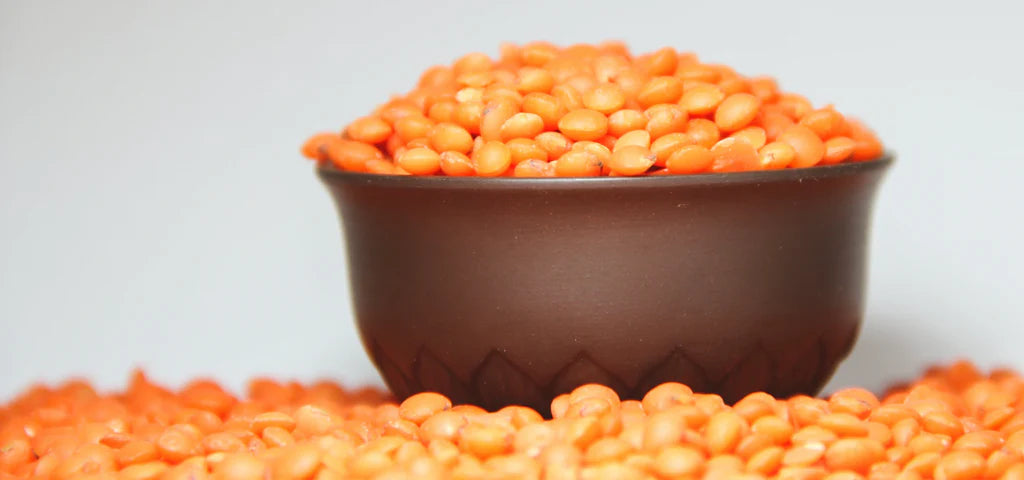
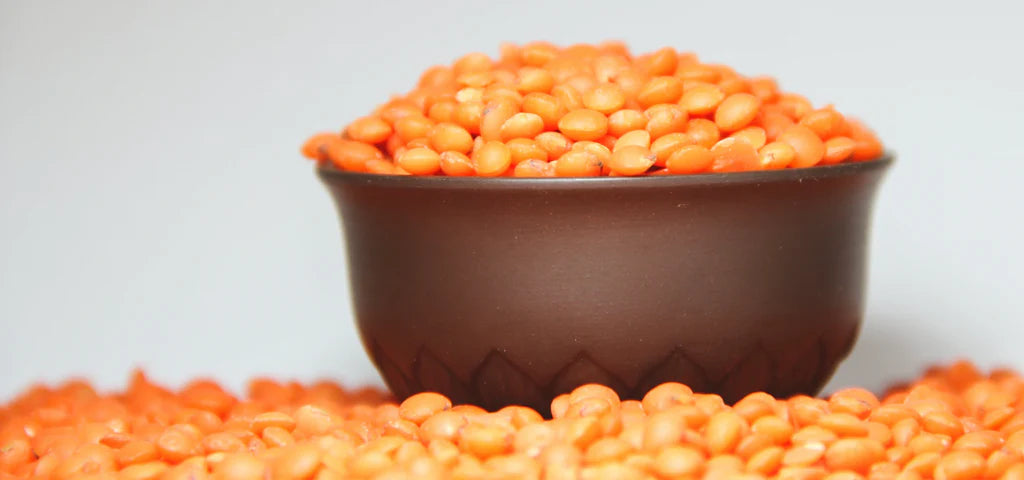
Legumes are full of healthy nutrients that our body needs. These include beans, lentils, peas, chickpeas and soybeans. They make for a great source of iron, especially for vegetarians. One cup of cooked legumes contains 6.6mg of iron, which is a good amount of iron intake in a single meal.
How can I consume legumes?
The best part about legumes is that they can be consumed in so many ways so you’ll never get bored of them! For example, cooked lentils with a side of vegetables and bread make for a great meal.
Chickpeas can be used to make hummus, which makes a great snack when paired with carrot and cucumber sticks. You can also soak legumes and add them into various salads and soups.
Prunes
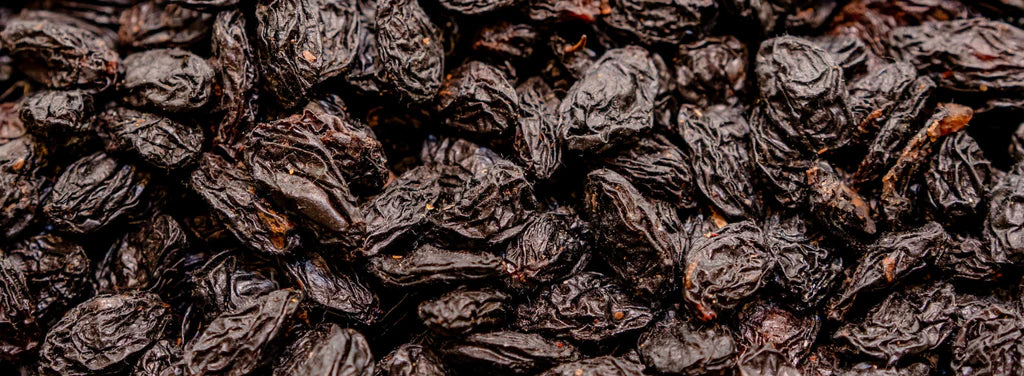
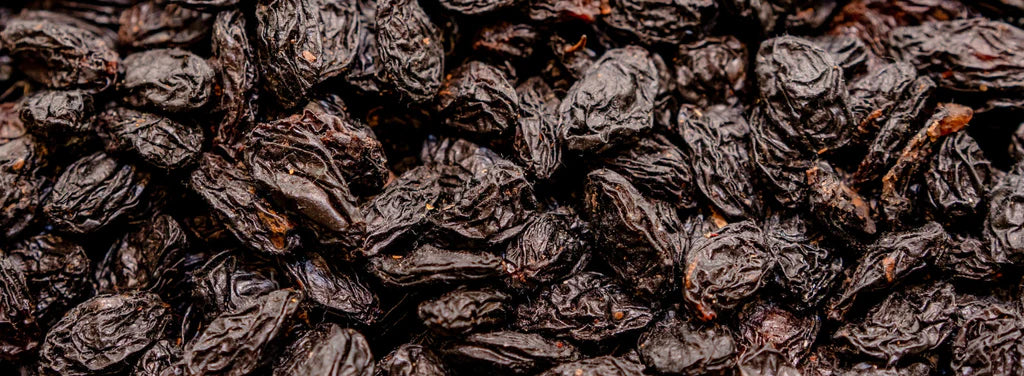
Prunes are a lesser known but an incredibly rich source of iron.
Dried prunes are the most common way to consume prunes and will be available at your local supermarket.
It is recommended by doctors to eat 5-6 prunes per day to maintain healthy iron levels.
How can I consume prunes?
Dried prunes can be eaten alone as a snack, but if you’re not the biggest fan of their taste, a great way to consume prunes is by adding them to your breakfast oats or muesli.
Pistachio nuts
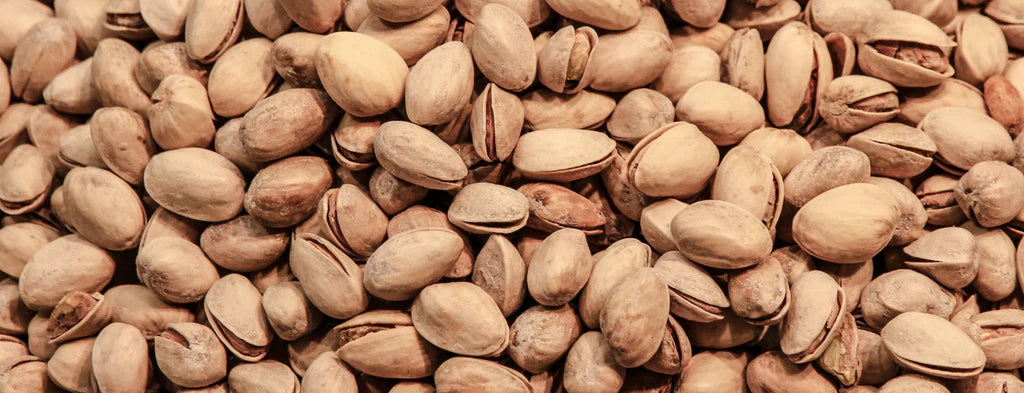
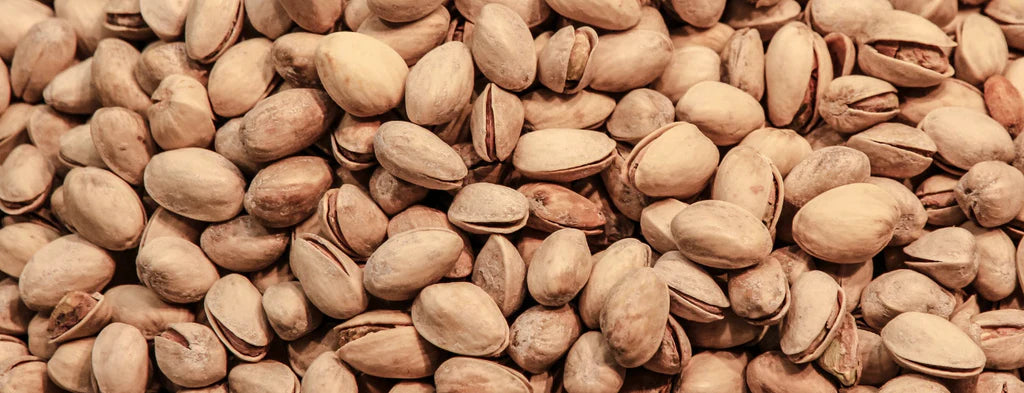
Out of all the popular nut varieties available, pistachios have the highest iron content. They contain 14mg of iron for every 100g - which is almost 4 times the amount of iron in cashews, almonds and hazelnuts.
Eating about 40-50 pistachios a day is a great way to maintain your iron levels and gain other health benefits for your heart and gut.
How can I consume pistachios?
A great way to consume pistachios is to make a nut mix with a good amount of pistachios. This is a great afternoon snack, an addition to your lunch, or quick bite while you’re on the move.
Dark chocolate

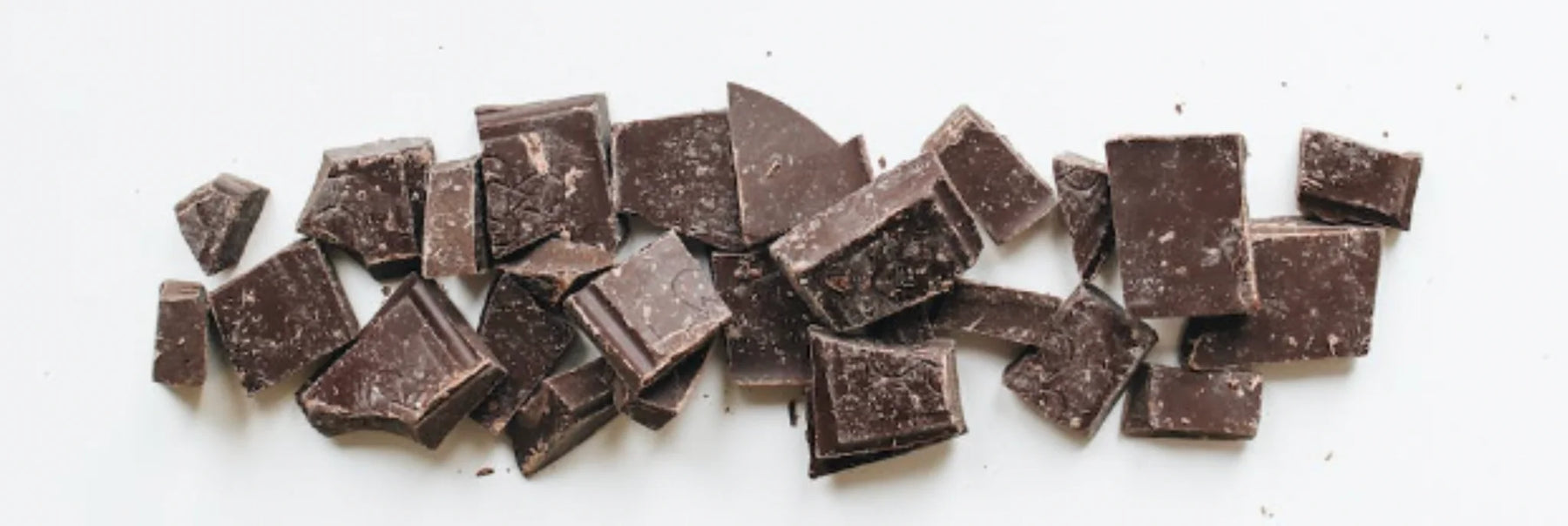
Do you have a massive sweet tooth and crave chocolate, especially on your period? Well the good news is that dark chocolate has many health benefits, including being rich in iron.
A good quality dark chocolate that has at least 70% cocoa has about 12mg of iron for every 100g, which is a very high concentration of iron.
Made from the seed of the cacao tree, it is also one of the best sources of antioxidants available.
How can I consume dark chocolate?
Dark chocolate is best consumed on its own so it’s super easy! Around 1-2 small blocks of dark chocolate a day are a good amount.
You should eat dark chocolate on an empty stomach so it makes for a great snack between lunch and dinner.
Frequently Asked Questions
What causes iron deficiency?
The most common cause of less iron content in your body is due to consuming a lack of iron in your diet. Over time, your body can become iron deficient if you don’t eat enough iron rich foods.
How to increase iron levels quickly?
The best way to increase levels quickly is to create and follow an iron rich meal plan for anemia.
In most cases, your body will recover from iron deficiency within 3 to 4 months if you maintain an iron-rich diet consistently. If you are someone with extreme iron deficiency, it is best to seek advice from a doctor.
You may be guided towards taking daily iron supplement tablets along with an iron rich diet.
Should I take iron supplements?
This depends on the severity of your anemia - you might want to try increasing iron through nutrition first. It’s best to consult a doctor who can recommend whether to take supplements.
Are iron-rich foods enough to correct iron-deficiency anemia?
In most cases, yes! If your iron deficiency is severe, a lifestyle change towards a more iron-rich diet with the top 10 iron rich foods discussed above can help fix your iron deficiency anemia.
What is the most iron rich fruit juice?
The most iron-rich fruit juice is beetroot juice! Other great options are prune juice, spinach juice and pumpkin juice.
What foods should I avoid if I have iron-deficiency anemia?
Certain foods can make it harder for your body to absorb iron, which include tea, coffee, milk and egg whites.
You should avoid consuming large quantities of these foods daily if you have iron-deficiency anemia.
More Posts
View all-

Soothe, Energise, and Balance: Tea Tips for Every Menstrual Phase
This guide walks you through the best herbal teas for each menstrual phase, so you can manage pain, bloating, PMS and energy shifts with gentle, natural support.
Soothe, Energise, and Balance: Tea Tips for Every Menstrual Phase
This guide walks you through the best herbal teas for each menstrual phase, so you can manage pain, bloating, PMS and energy shifts with gentle, natural support.
-

Top menstrual products for excellent absorbency
Choosing the right period product shouldn’t be confusing. This guide breaks down the absorbency levels of period underwear, cloth pads, tampons, pads and menstrual cups.
Top menstrual products for excellent absorbency
Choosing the right period product shouldn’t be confusing. This guide breaks down the absorbency levels of period underwear, cloth pads, tampons, pads and menstrual cups.
-

Does period underwear really work?
This quick guide about period underwear breaks down absorbency, leak protection, materials, and what to look for so you can choose the right pair for your flow and comfort.
Does period underwear really work?
This quick guide about period underwear breaks down absorbency, leak protection, materials, and what to look for so you can choose the right pair for your flow and comfort.
-

Can period underwear be used for postpartum?
This guide about postpartum bleeding breaks down why period underwear works best after birth, why so many new mothers prefer it, and what features matter for comfort and leak protection.
Can period underwear be used for postpartum?
This guide about postpartum bleeding breaks down why period underwear works best after birth, why so many new mothers prefer it, and what features matter for comfort and leak protection.
